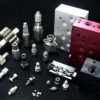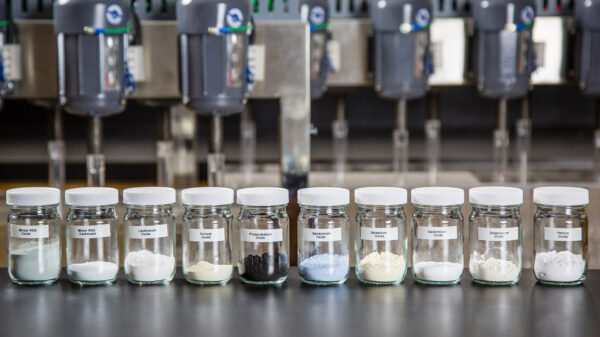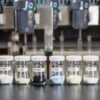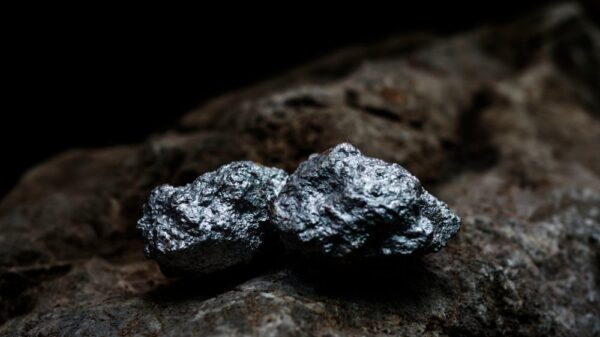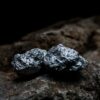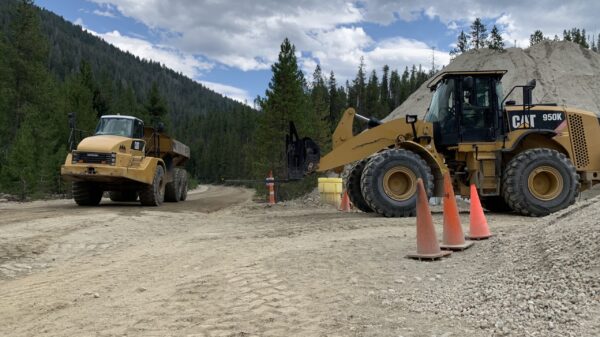Volt Lithium (TSXV: VLT) reported lithium recoveries of 90 per cent at its Rainbow Lake lithium property in Alberta based on concentrates of 34 milligrams per litre, while maintaining low operating costs.
The company said on Wednesday it also conducted simulations using its direct lithium extraction (DLE) technology with concentrations of 120 milligrams per litre and achieved lithium recoveries of up to 97 per cent. These results were achieved while maintaining operating costs below CAD$4,000 per tonne.
These calculations assume a consistent average annual production of 20,000 tonnes of lithium hydroxide monohydrate.
Volt’s two-stage process extracts lithium from oilfield brine. Oilfield brine in this case refers to the brine or saline solution that is naturally present as a byproduct of oil and gas extraction processes in oilfield reservoirs. This brine often contains various dissolved minerals, including lithium, among other elements.
In the initial stage, the company treats the oilfield brine to remove contaminants. During the pilot project, Volt achieved a removal rate of up to 99 per cent in order to prepare clean brine for the DLE process. This step is crucial as the presence of contaminants in the brine can interfere with the process.
The second stage of the process involves using Volt’s IES-300 technology to extract lithium from the brine.
“These results confirm that Volt’s proprietary technology is a true game-changer. With this accomplishment, we are poised to lead the way in North America as the first commercial producer of lithium from oilfield brines, which we are targeting for the second half of next year,” said Alex Wylie, president and CEO of Volt.
Read more: Ford and Nemaska Lithium sign long-term partnership for lithium hydroxide supply
Read more: Targa Exploration closes acquisition of Pan Canadian Lithium
Volt to build pilot plant after project is complete
This technology concentrates the brine into a lithium chloride solution, which is a crucial raw material needed for the production of batteries, particularly electric vehicle batteries. One notable advantage of Volt’s IES-300 technology is its ability to reduce the amount of reagent required for treating the oilfield brine during the extraction process.
Volt intends on establishing a permanent pilot plant after the pilot project is complete. The purpose of the plant will be to continue to refine the IES-300 technology, conduct more tests and continue optimizing operating conditions with the overall objective being reducing operating costs.
The next step involves upgrading its resource estimate and preparing for a preliminary economic assessment. Both of these steps are contingent on successful returns from the pilot project and the company’s recently published NI 43-101 resource report. When these milestones are completed Volt anticipates it will be in commercial production by Q2, 2024.
Volt shares dipped 5 per cent on Thursday, closing at $0.475 on the TSX Venture Exchange.
.
Follow Joseph Morton on Twitter
joseph@mugglehead.com




